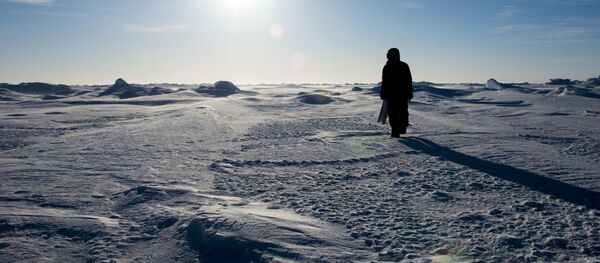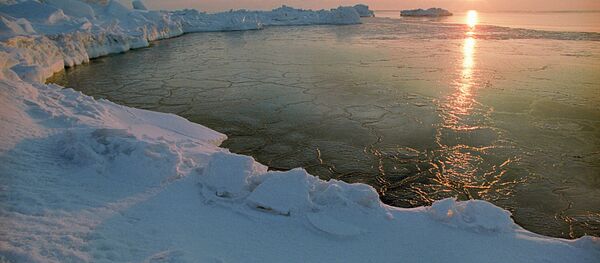The ice fissure began to split open again in 2012, and is now moving toward the research station at the alarming rate of some 1.7 kilometers per year, threatening to cut it off from the majority of the Brunt Ice Shelf on which it is located.
"If [the chasm] continues to move and the ice breaks off, the station would be on the wrong side of the crack," Athena Dinar, a spokesperson for the British Antarctic Survey (BAS) that operates the station, told Gizmodo.
The station consists of eight connected modules held up by hydraulic legs fitted with skis. Once these modules are unattached from one another, they can be pulled inland by large tractors.
"Halley was designed and engineered specifically to be relocated in response to changes in the ice," said Tim Stockings, BAS director of operations.
"Over the last couple of years our operational teams have been meticulous in developing very detailed plans for the move and we are excited by the challenge."
Another new crack emerged some 15 kilometers north of the research station, across the route often used to resupply Halley VI, complicating the issue.
While relocation efforts are underway, scientific research will continue in temporary facilities at the existing site.




